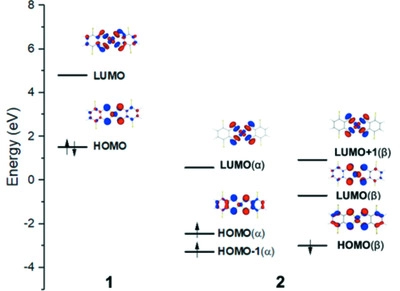New paper from Barbora Venosova`s collaboration with Slovak University of Technology
Electronic structure of (MePh3P)2[NiII(bdtCl2)2]·2(CH3)2SO and (MePh3P)[NiIII(bdtCl2)2] (bdtCl2 = 3,6-dichlorobenzene-1,2-dithiolate)
(Wiley)
J. Adamko Koziskova, Y.-S. Chen, S.-Y. Grass, Y.-C. Chuang, I.-J. Hsu, Y. Wang, M. Lutz, A. Volkov, P. Herich, B. Vénosová, I. Jelemenská, L. Bučinský, M. Breza and J. Kožíšek
Abstract
High-resolution X-ray diffraction experiments, theoretical calculations and atom-specific X-ray absorption experiments were used to investigate two nickel complexes, (MePh3P)2[NiII(bdtCl2)2]·2(CH3)2SO [complex (1)] and (MePh3P)[NiIII(bdtCl2)2] [complex (2)]. Combining the techniques of nickel K- and sulfur K-edge X-ray absorption spectroscopy with high-resolution X-ray charge density modeling, together with theoretical calculations, the actual oxidation states of the central Ni atoms in these two complexes are investigated. Ni ions in two complexes are clearly in different oxidation states: the Ni ion of complex (1) is formally NiII; that of complex (2) should be formally NiIII, yet it is best described as a combination of Ni2+ and Ni3+, due to the involvement of the non-innocent ligand in the Ni—L bond. A detailed description of Ni—S bond character (σ,π) is presented.

